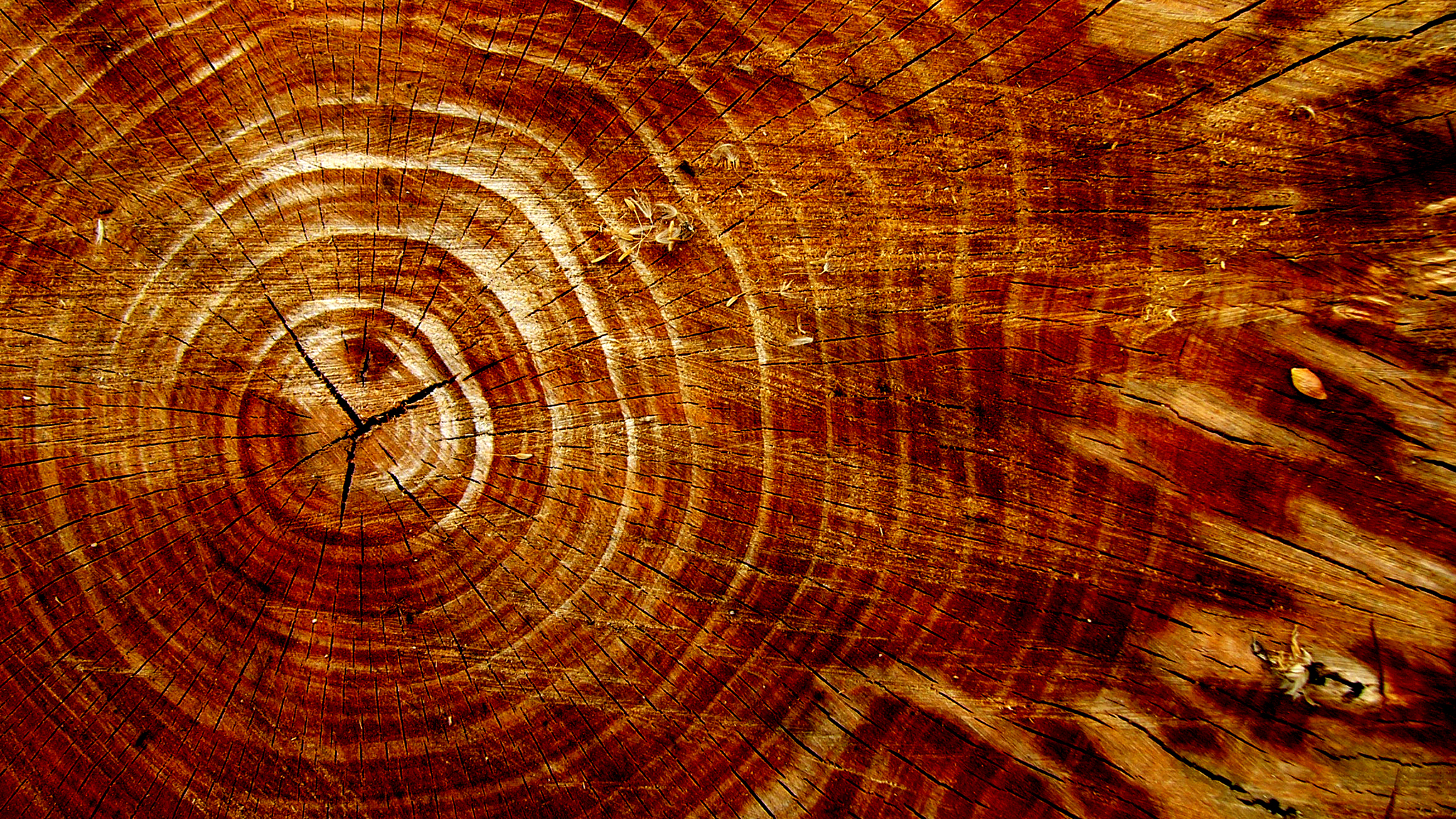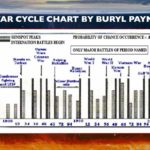Evidence of Ancient Solar Storms in Tree Rings Could Pinpoint Major Historical Events
Astrochronology is making the science of reading tree rings more reliable than ever before.
While traditional carbon dating of tree rings is only vaguely accurate, experts are saying that Miyake events—colossal discharges of energetic solar particles—may be able to glean exact dates of ancient world events by acting as markers within the existing timeline of dendrochronology.
So far, scientists have discovered in trees two solar storms that manifest as rings with dramatically increased levels of C-14, an isotope of carbon. The first, found in 2012, dates back to 775 AD—the second, to 994 AD.
Here’s Tim Radford, reporting for The Guardian:
Carbon dating works by comparing the ratio between two isotopes of the element carbon, C-14 and C-12, present in old samples of organic material. Because of constant bombardment by cosmic rays, ratios of C-14 in the upper atmosphere are more or less constant, and since radioisotopes decay with time, at a predictable rate, the ratio of C-14 to the stable form C-12 is a guide to the age of any timber in a cathedral roof or a stone age burial site, for example.
The technique is imprecise, with an error range of 50-100 years, and also expensive. However, the discovery of unusually high levels of C-14—up to 20 times the normal level—laid down in during especially violent solar storms may enable scientists to date material much more accurately. Every tree growing at the time of such a sun storm, anywhere in the world, would have preserved a record of it.
We do know of other solar storms that have occurred in history, including recent history—for example, spectators reportedly witnessed aurorae in Hawaii and the Caribbean in 1859. So if scientists can search for evidence of those known solar storms in data from tree rings around the globe, they’ll be able to piece together more precise time stamps for history’s uncertainties: the construction of Egypt’s Great Pyramid of Giza, the collapse of the Mayan civilization, and maybe even the arrival of the Vikings in the Americas. Moreover, if experts identify a spike in C-14 somewhere, that spike will most likely appear in all other surviving plant tissue from that year.
The result could be a temporal “map” of humanity that’s much more detailed—and much more impressive—than the diverse set of competing timelines we already have.





